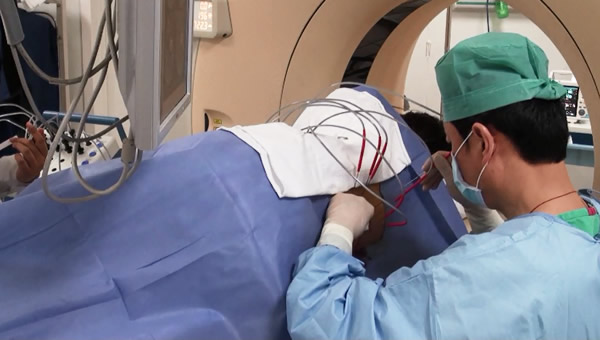About Cryosurgery & Itʼs History
What is cryosurgery?
Cryosurgery is a minimally invasive surgical technique, it can be served as a potential treatment in which undesirable tissues can be surgically removed. Cryosurgery is recently being applied in many different medical fields such as oncology, dermatology, gynecology, urology, pulmonary medicine, cardiology oncology and many more. It is also widely applied in veterinary medicine. The effectivity of the treatment is greatly improved through the advancement of medical imaging monitoring technology like the Magnetic Resonance Imaging (MRI) and Electrical Impedance Tomography (EIT). With these advancement, new applications of this method of treatment are constantly emerging.
Cryosurgery works as a tumors ablation technique, targeted malignant cells are destroy through cycles of freezing and thawing. This is the immediate mechanism of damaging the cancerous cells. While it also have a delayed destructive mechanism which is the imposed of progressive failure of microcirculation which ultimately caused vascular stasis, killing the cells. Cryosurgery is working with cryogenic temperature of below than -20℃, which is induce through the circulation of liquid nitrogen in the cryosurgical probe. It is shown that once the temperature falls below -40 ℃, the temperature is consider lethal to the cells as ice crystal formed within the cells.
The progressive failure of microcirculation is induced through cryosurgery occurs due to a series of events which are the destruction of endothelial layer destruction causing porous vessels wall, interstitial edema, platelet aggregation, micro thrombi and finally vascular congestion and obliteration.
It is also found that patientʼs immune system is triggered and became sensitive to the tumor which was destroyed by cryosurgery. Thus any primary tumor tissue undamaged local or metastases post cryosurgical cancerous tissue will be destroyed by the patientʼs immune system. This is known to be the “cryo-immunological response”.
A greater understanding of the mechanisms of tissue destruction through cryosurgery, effective cooling mechanism, better imaging technique, better cryosurgical device design and the mathematical modeling to optimized cryosurgery technique are required.
Cryosurgery was developed in the middle of 19th century, itʼs development is closely interwind with the development of cryophysic, engineering and instrumentation. At around 1845, the first physician who used applied low temperature for the treatment of cancer was James Arnott of Brighton, England. In several of his published report between 1845 and 1851, he mentioned on using solution of crushed ice and sodium chloride to freeze advanced cancers in the breast and uterine cavity, such method was able to bring the temperature down to about -12℃. He have reported that the tumors became less offensive, with no discharge and hemorrhage. His discoveries have gained recognition from his contemporaries, thus his findings were incorporated into textbook about treatment of cancer. The practice of cryogenic have remained dormant with very few advances, until the discovery of technologies that make the commercial production of cryogenic liquid like liquid oxygen, nitrogen and oxygen possible. The discovery of such technology have revive the practice of cryosurgery.
The first cryogenic probe was first developed in the 1960ʼs, it increases the precision of using it as a treatment for cancer tumor. This method of treatment have shown very promising result propagating its uses in for many other treatment. It was later discovered that the precision of such technology will need to be further improved, the probe was able to be directed at the right target area where the tumor is but precision of controlling the extend of freezing and brought upon the lethal effect which kills the cell still required
further improvement. Without precision the treatment is shown to be less effective. With this lack of precision, the practice of cryosurgery as a form of alternative treatment ceases itʼs popularity from the experts and patients, instead most patients turn to a more precise resection surgical methods.
In recent years, the precision of cryosurgery have been increase with the introduction of medical imaging monitoring devices like MRI and EIT. These technologies have made real time monitoring of the whole cryogenic process possible.
